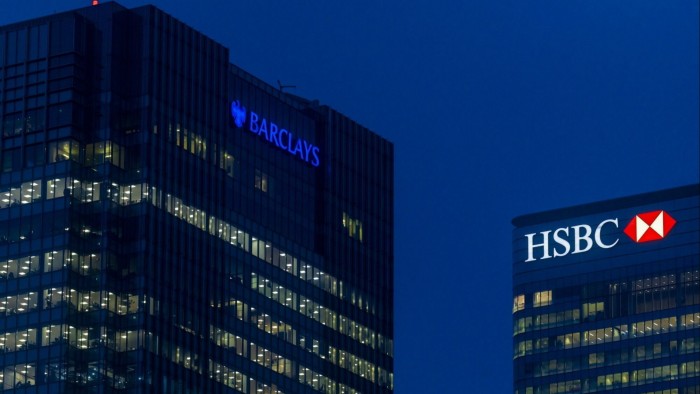Unlock the Editor’s Digest for free
Roula Khalaf, Editor of the FT, selects her favourite stories in this weekly newsletter.
Forget about the Magnificent Seven. The septet of large US technology groups has developed a reputation for being the only game in town for investors. But some much less fashionable stocks have been doing even better. It is time to take a closer look at the Magnificent 47.
The Stoxx 600 banks index, which tracks 47 of Europe’s largest listed banks, has returned just over 200 per cent since the start of 2022 factoring in share price rises and dividends, according to Bloomberg data. The so-called Magnificent Seven managed about 190 per cent over the same period.

The striking statistic is partly a reminder of the importance of choosing the right time series — go back to the start of 2015 and banking sector returns are pretty much static; the Mag 7 rises to 2,700 per cent. Still, it does highlight that, sometimes, beaten down value stocks do rear their heads again.
Should the rally continue? When stocks have had a blistering run, it is easy to get sucked in to the negatives. After all, no one likes to buy at the top of a cycle, and the environment is definitely getting more challenging. Banks pulled ahead in 2022 for the same reason tech stocks fell that year — interest rates began to climb. But rates are falling again, which will weigh down on profitability.
However, they are not going back to zero. Analysts expect return on common equity across the index to dip from 2024’s 12 per cent to 11.4 per cent in 2025 and 11.1 per cent in 2026. That is still almost double what they managed for most of the past decade.
In terms of valuations, too, it is easy to think banks look toppy. The index is trading at close to book value, well above the 10-year average of 0.7 times.
But then, as the Mag 7 chart shows, picking the right start date makes a big difference. Europe’s banks have been dysfunctional for more than a decade; on a longer-term horizon, the average price to book is closer to 1.1 times.
Or compare to the rest of the world: the KBW US banks index currently trades at almost a 50 per cent premium to book, while the global MSCI ACWI Banks is at 1.2 times. Comparing the banks on a price-to-earnings basis shows similar trends.

Another important measure is how much cash the companies can return. Counting dividends and buybacks, the sector is currently offering a total payout yield of close to 10 per cent, far above their historic average. That also underpins valuations.
The scale of the bank stock rally over the past few years was helped by a very weak starting point. Given the changing interest rate environment and uncertainty around everything from trade wars to local elections, it would be surprising if they could maintain the blistering pace of the past few years. But there is still scope for expansion before valuations get overly magnificent.
https://www.ft.com/content/8ed18703-1036-4863-9864-918c1e1e33e4


